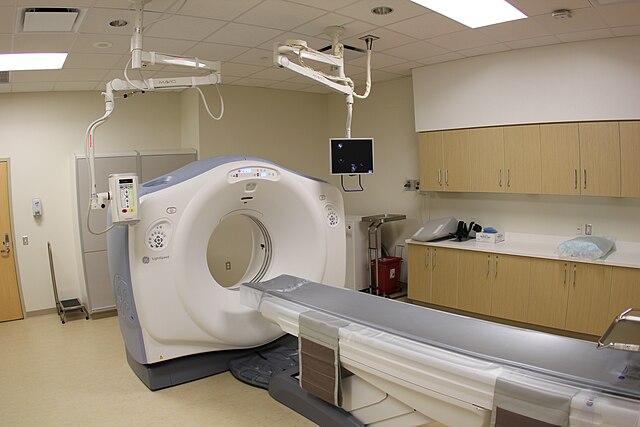Top Qs
Timeline
Chat
Perspective
Autoimmune polyendocrine syndrome
Medical condition From Wikipedia, the free encyclopedia
Remove ads
Autoimmune polyendocrine syndromes (APSs), also called polyglandular autoimmune syndromes (PGASs)[3] or polyendocrine autoimmune syndromes (PASs), are a heterogeneous group[4] of rare diseases characterized by autoimmune activity against more than one endocrine organ, although non-endocrine organs can be affected. There are three types of APS, and there are a number of other diseases which involve endocrine autoimmunity.[2][5][6]
Remove ads
Types
- Autoimmune polyendocrine syndrome type 1,[2] an autosomal recessive syndrome due to mutation of the AIRE gene resulting in hypoparathyroidism, adrenal insufficiency, hypogonadism, vitiligo, candidiasis and others.
- Autoimmune polyendocrine syndrome type 2,[7] an autosomal dominant syndrome due to multifactorial gene involvement resulting in adrenal insufficiency plus hypothyroidism and/or type 1 diabetes.
- Immunodysregulation polyendocrinopathy enteropathy X-linked syndrome (IPEX syndrome) is X-linked recessive due to mutation of the FOXP3 gene on the X chromosome. Most patients develop diabetes and diarrhea and many die due to autoimmune activity against many organs. Boys are affected, while girls are carriers and might experience mild disease.[2][8][9][10]
Remove ads
Cause
Each "type" of this condition has a different genetic cause. IPEX syndrome is inherited in males by an X-linked recessive process. The FOXP3 gene, whose cytogenetic location is Xp11.23, is involved in the mechanism of the IPEX condition.[11][1]
Diagnosis

Diagnosis for type 1 of this condition for example, sees that the following methods/tests are available:[2]
- Endoscopic
- CT scan
- Histologic test
Differential diagnosis
For this condition, differential diagnosis sees that the following should be considered:[12]
- CD25 deficiency
- STAT5B deficiency
- Severe combined immunodeficiency
- X linked thrombocytopenia
Management

Immunosuppressive therapy may be used in type I of this condition.[13]
Ketoconazole can also be used for type I under certain conditions.[2]
See also
References
Further reading
External links
Wikiwand - on
Seamless Wikipedia browsing. On steroids.
Remove ads

